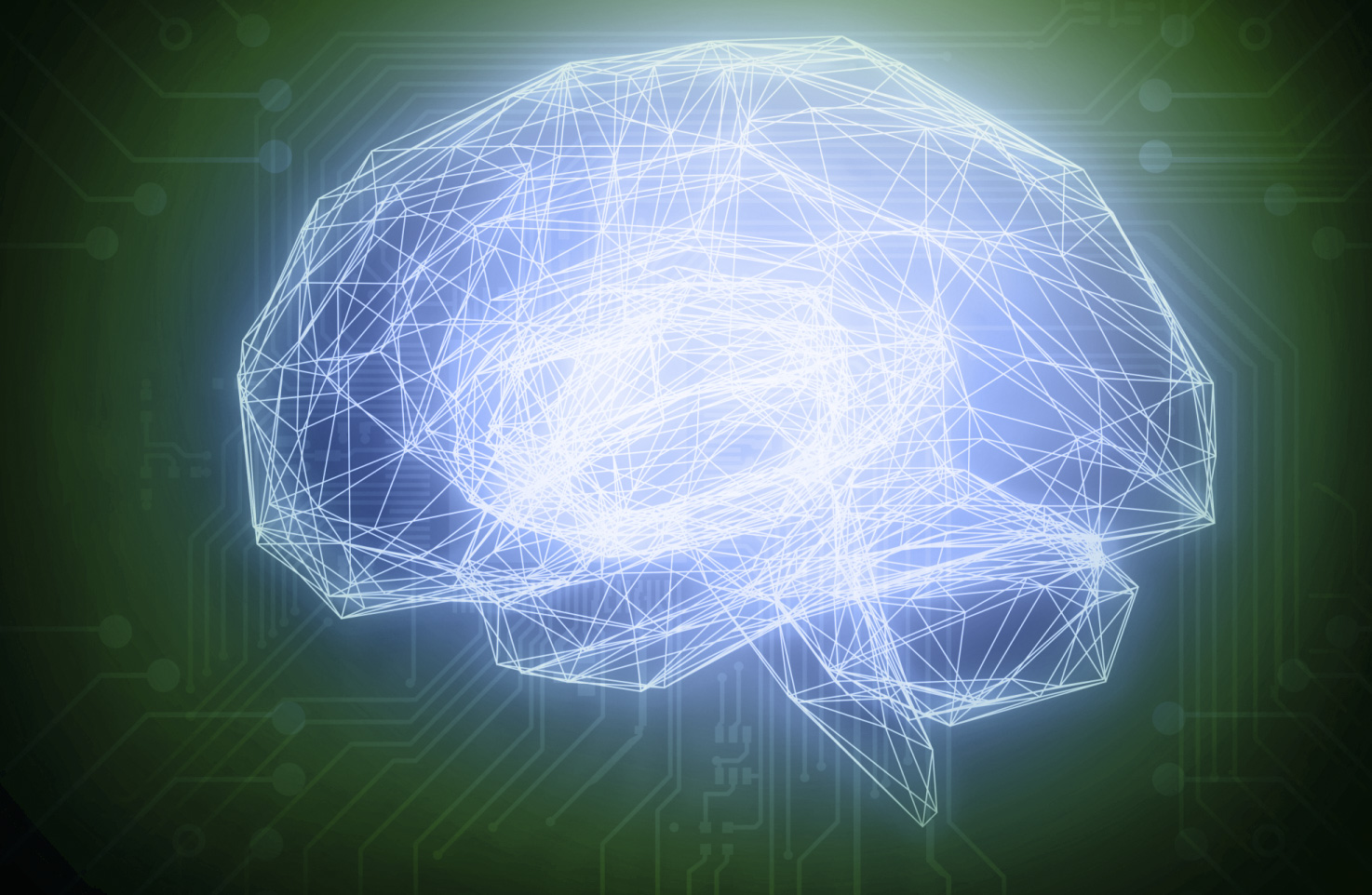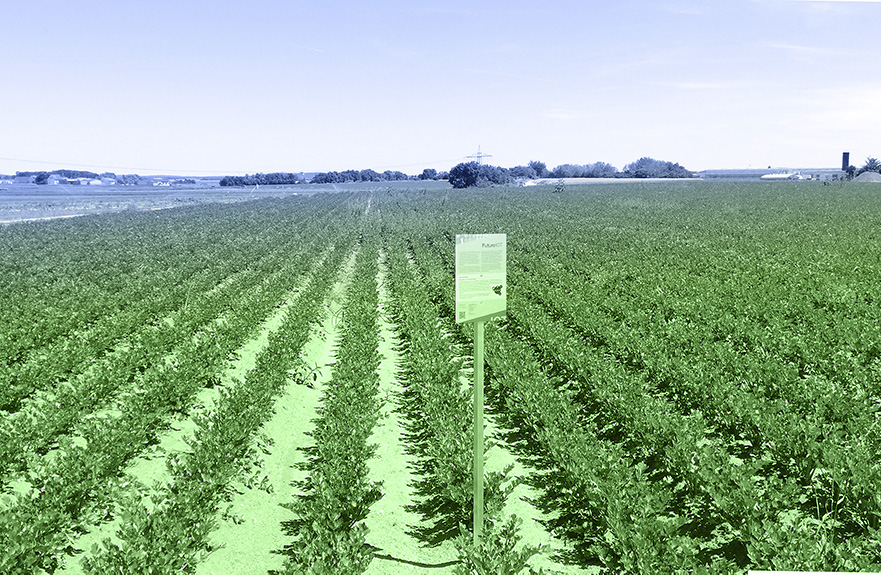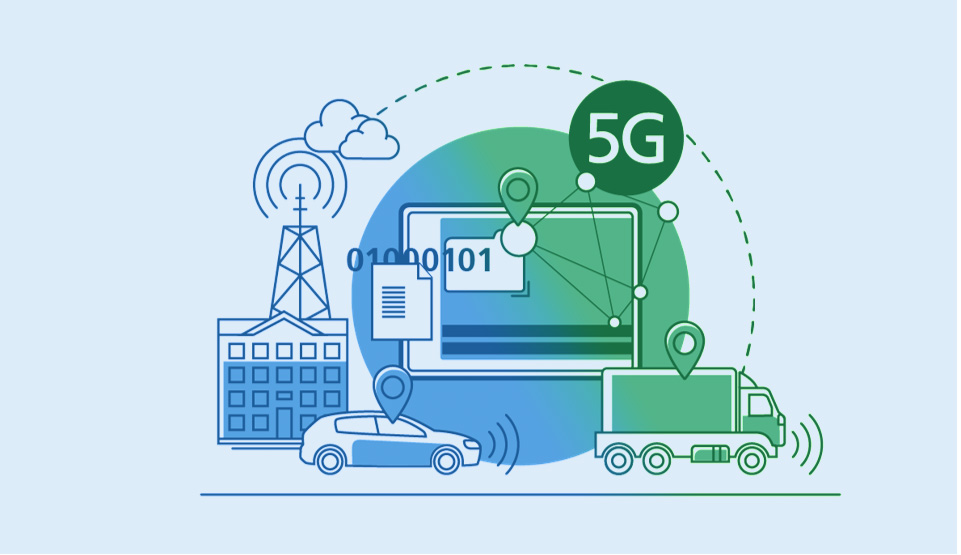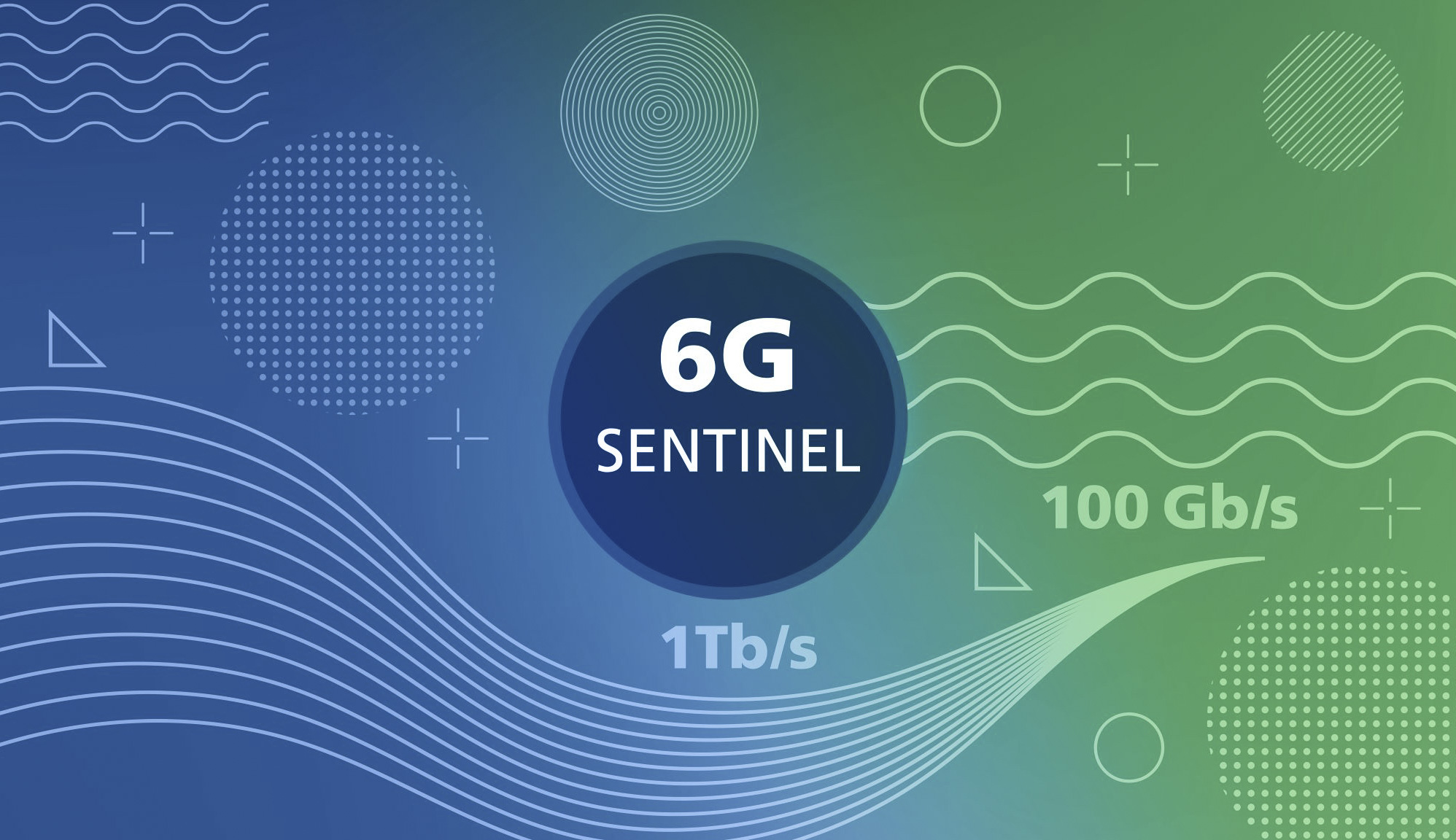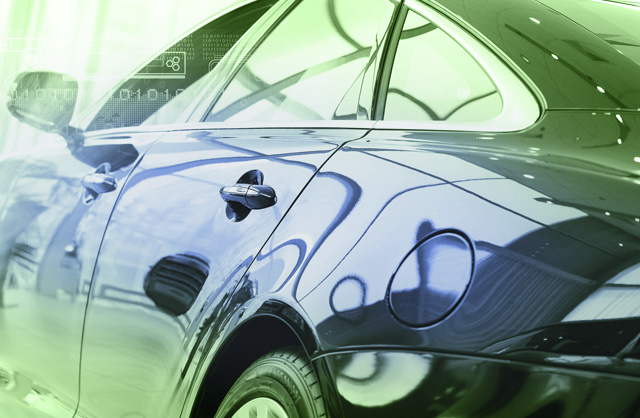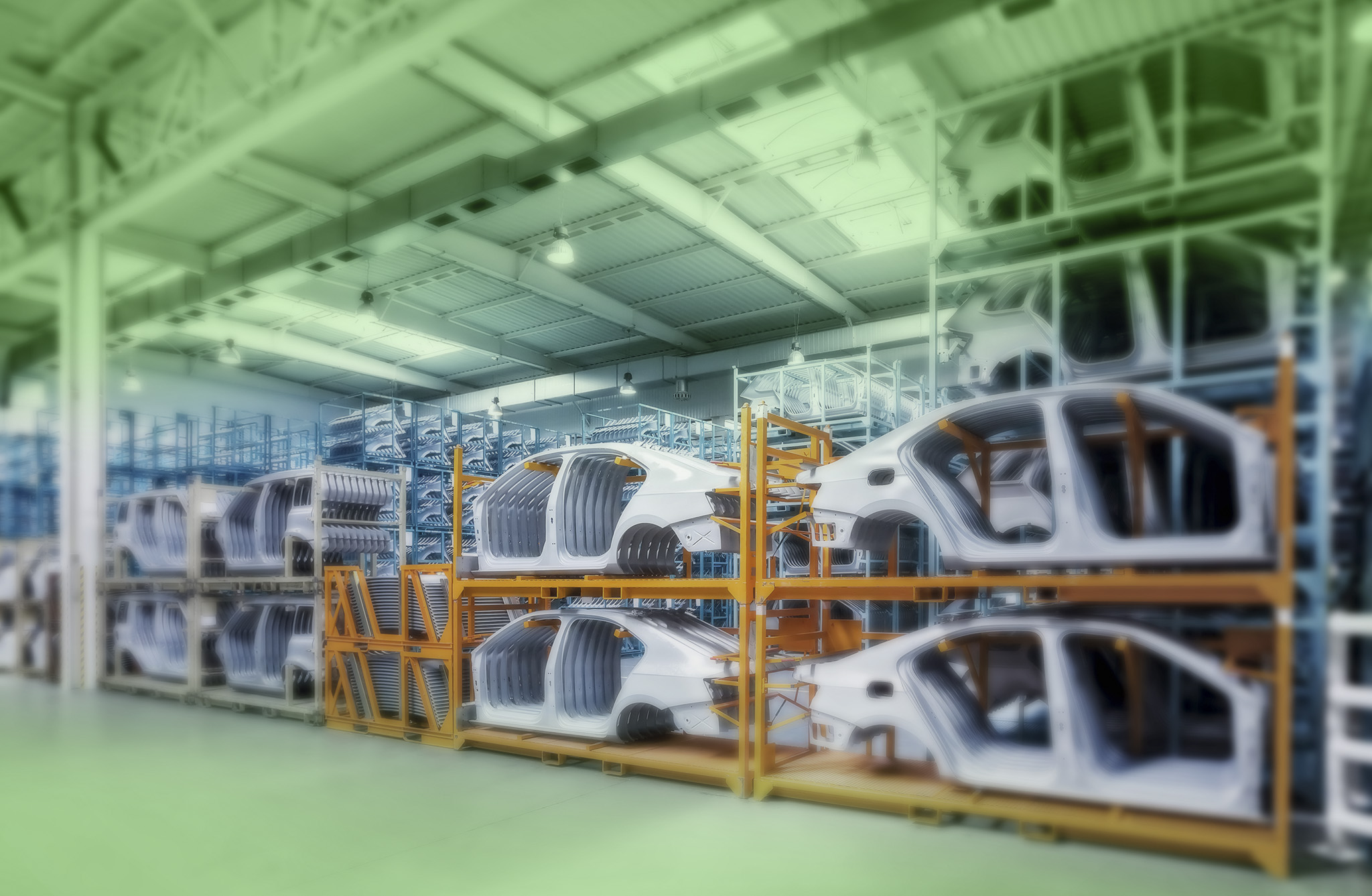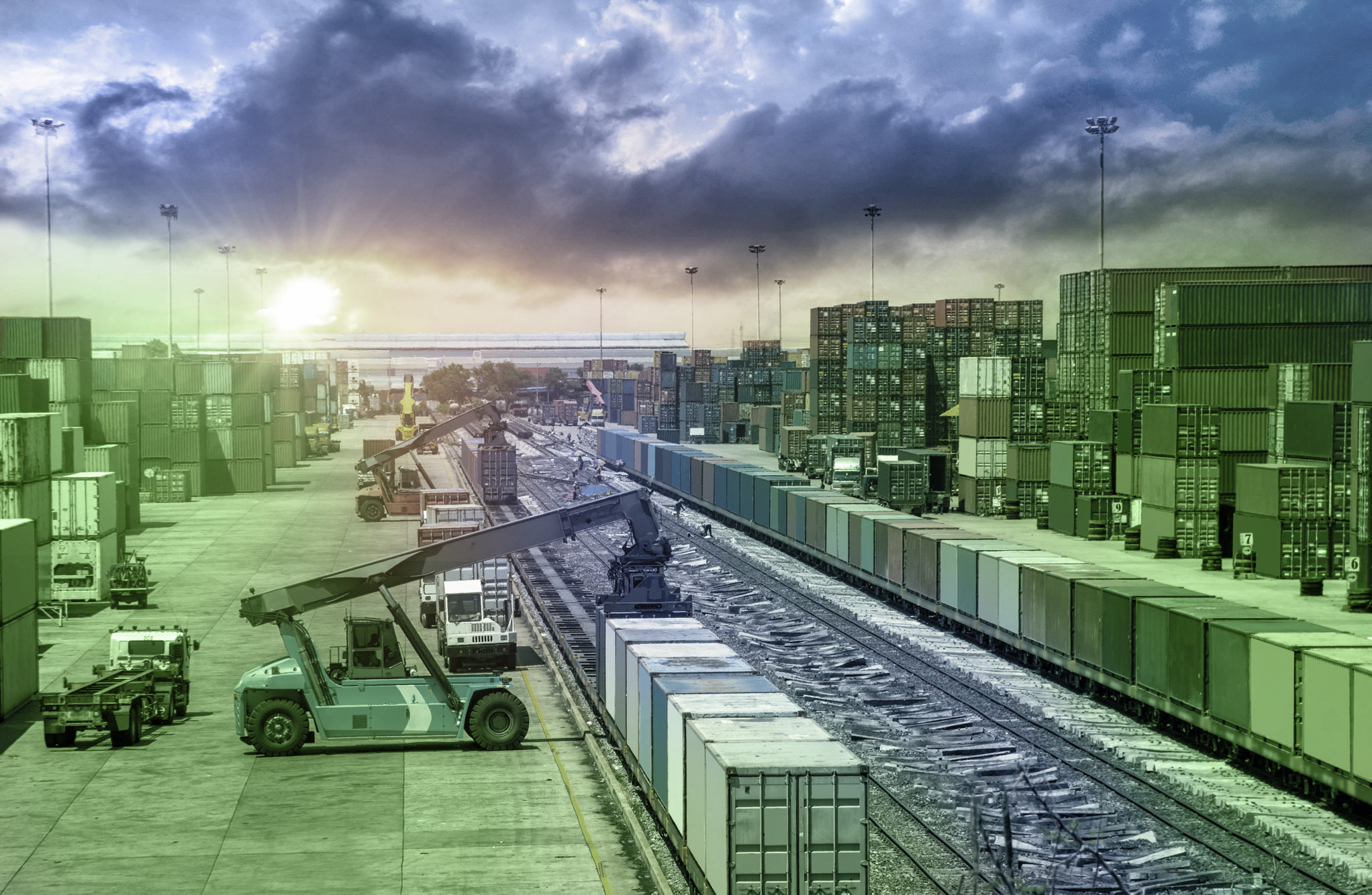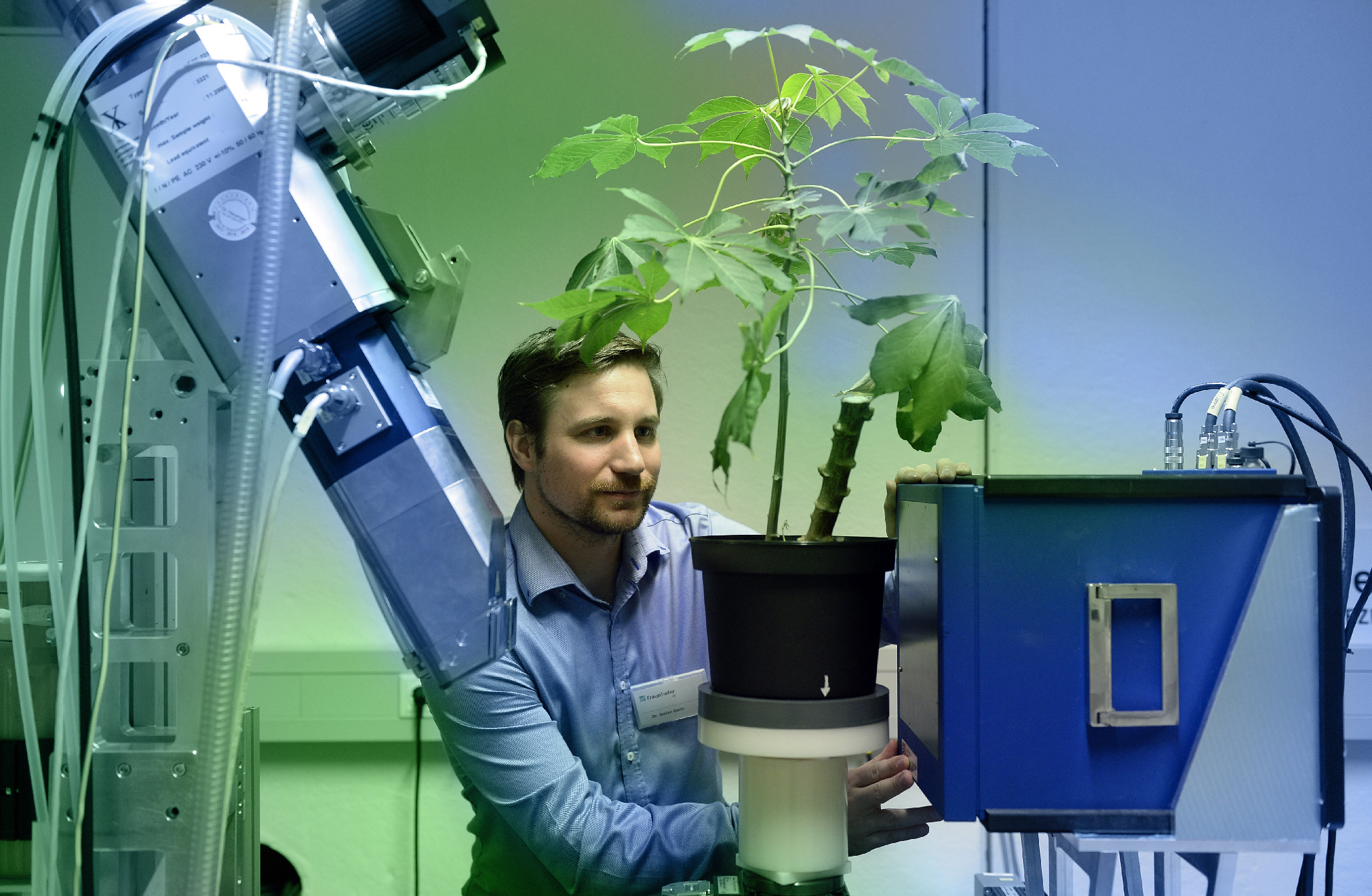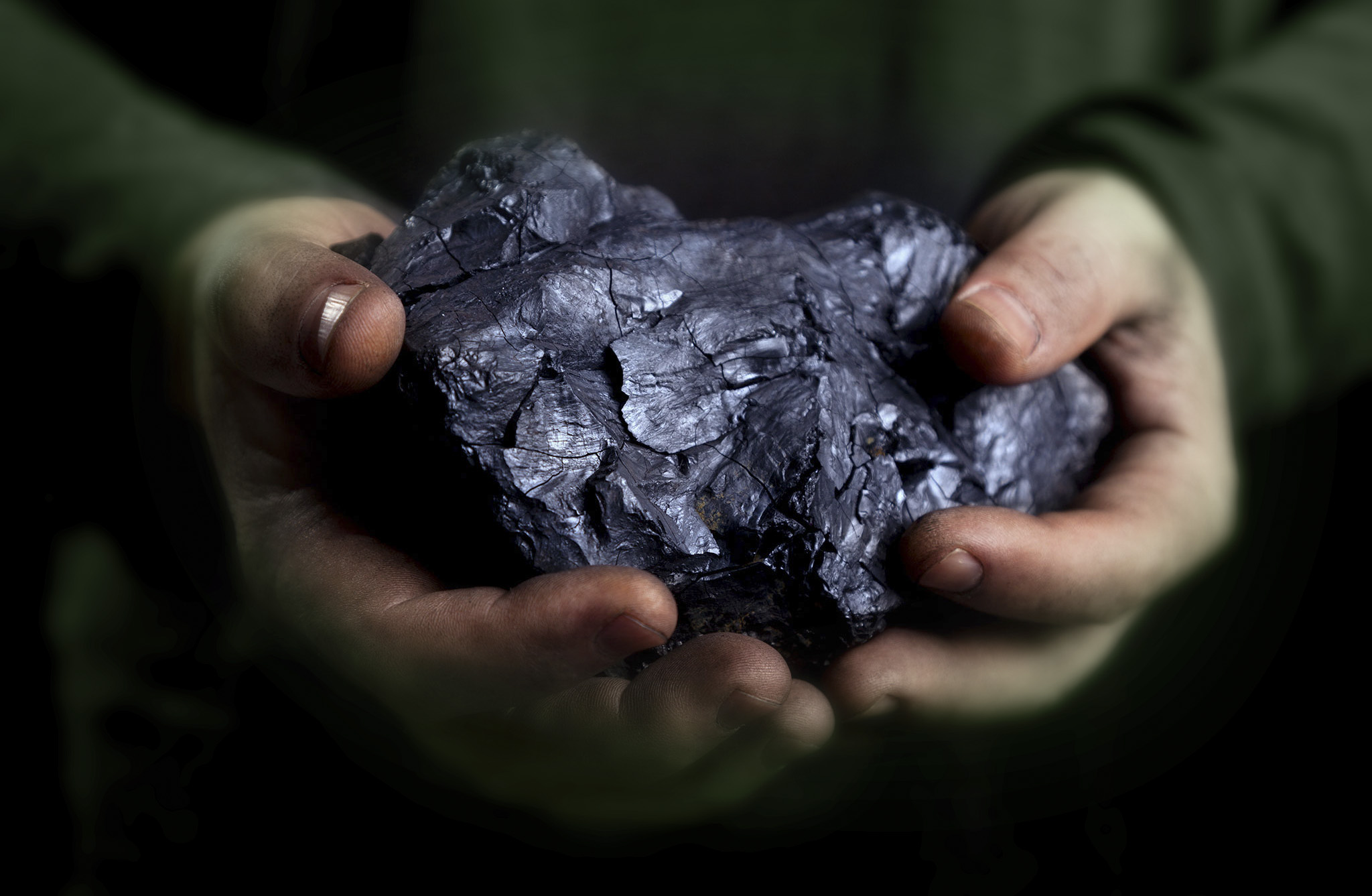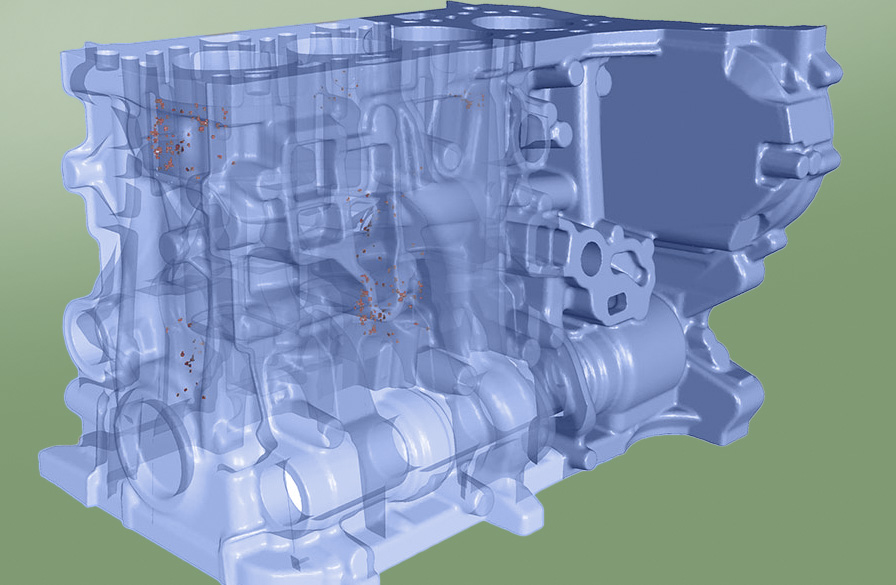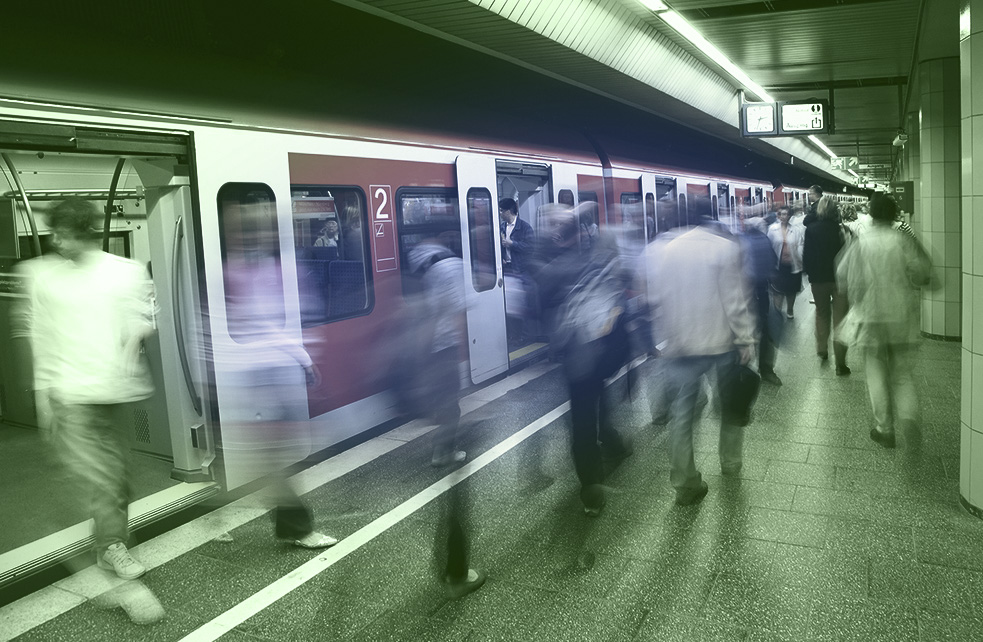Research at Fraunhofer IIS generates a host of solutions – from individual components to entire systems – that will help achieve a sustainable economy and society.
Fraunhofer IIS works to produce innovations that benefit society and strenthen both the German and the European economy. An important task here is to ease the transition to sustainable forms of value creation.
With our roots in microelectronics and our expertise in a broad range of technologies, methods, and processes, we are able to deliver a host of solutions in this field, ranging from individual components to entire systems.
Specifically, our activities cover the following areas:
- Development of energy-efficient electronics and computer hardware (green ICT)
- Research into data-efficient, energy-efficient algorithms for signal processing and AI (green ICT)
- Research into circuitry, algorithms, and new systems to enable a resource-conserving optimization of processes – in fields such as data management, logistics, and agriculture (green by ICT)
- Development of new business models for a sustainable economy and society
For our partners and customers alike, these solutions help ease the transition toward sustainable value creation by enabling them to focus on key data and thereby
- Operate more sustainably on the economic, ecological, and social level
- Obtain all the latest performance indicators so as to meet, for example, sustainability reporting requirements


